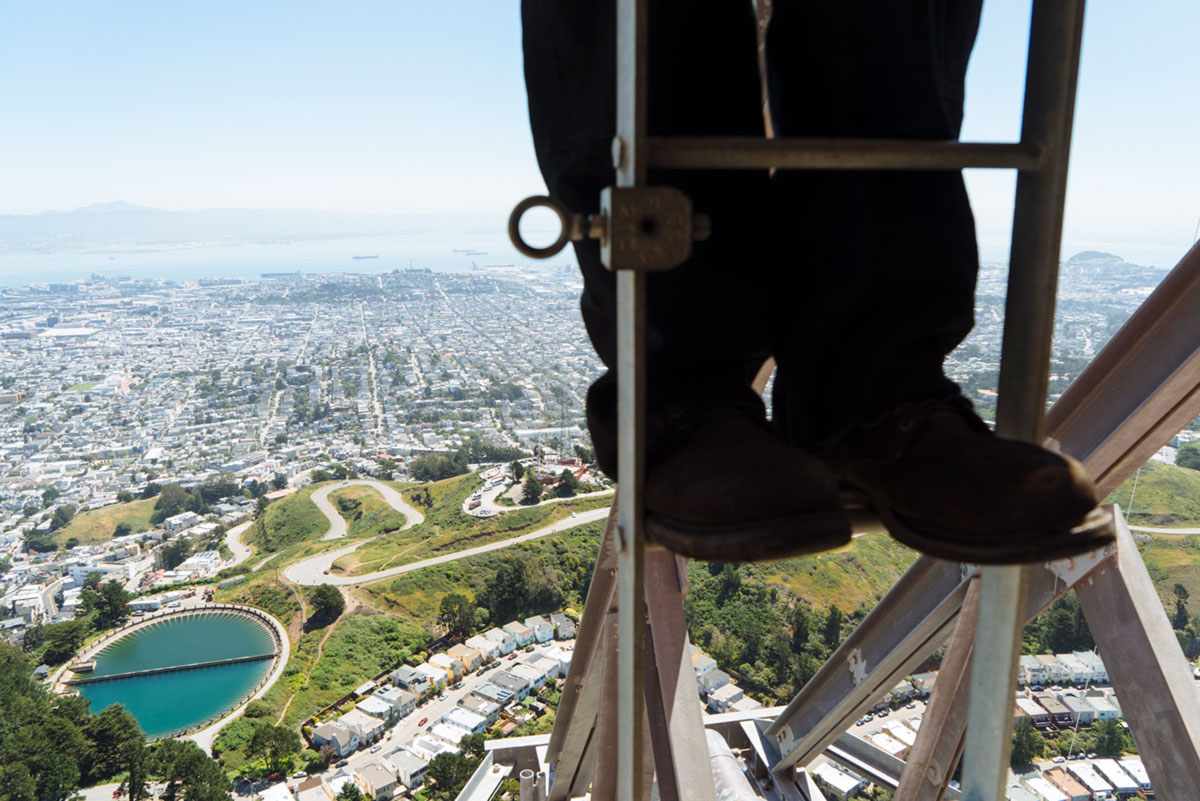Your cart is currently empty!
People Don’t Float or Fly

Understanding the Basic Principles of a Primary and Secondary in Fall Protection
Here it is.
Whenever a person is working at height, they should have a primary and a secondary means of protection.
- A “primary” layer of protection is what supports their weight.
- The “secondary” layer of protection is the backup if the primary fails.
The two layers need to be independent of each other. This principle is the foundation for all things fall protection. A secondary layer provides backup fall protection for the worker at all times when at height.
Let’s look at guardrails as a basic example
- An individual’s own body and balance, the ability to stand, walk, and not fall is typically the primary layer of protection.
- If the primary fails (e.g. due to a trip, slip, etc.) the guardrails, the secondary layer of protection, would prevent a fall to a lower level. If you sit on a guardrail (which you should NEVER do), the secondary layer of protection becomes the primary and you are just one slip away from a fall.
Let’s look at scaffold as a more complex system
Once you understand this principle, deciding the type of equipment and protection needed becomes easier (as does being compliant). Even when more complex systems are used, this principle works. Think of a window cleaner working from a suspended scaffold.
- The primary layer (where the weight is) is the scaffold platform the worker is standing on. Since the cables and anchors are all supporting weight, they are part of the primary system. The guardrails around the scaffold are part of the scaffold structure and are useless if a cable breaks, therefore they cannot be relied upon as a second layer of protection as they are attached to the structure.
- The second layer of protection is the worker’s lifeline attached to their harness and separate anchors on the building. For the worker to fall to the ground, there would have to be a failure of the scaffold and the lifeline system.
There is ALWAYS a primary system. People don’t float or fly, what supports their weight is the primary to them not falling. Secondary systems come in many forms. Passive secondary systems include guardrails, safety nets, covers, or any type of barrier that blocks the worker’s travel to the fall hazard. Secondary systems that use equipment include travel restraint and fall arrest systems. Rope descent and positioning equipment are primary systems because they support weight and have to be backed up with a secondary system.